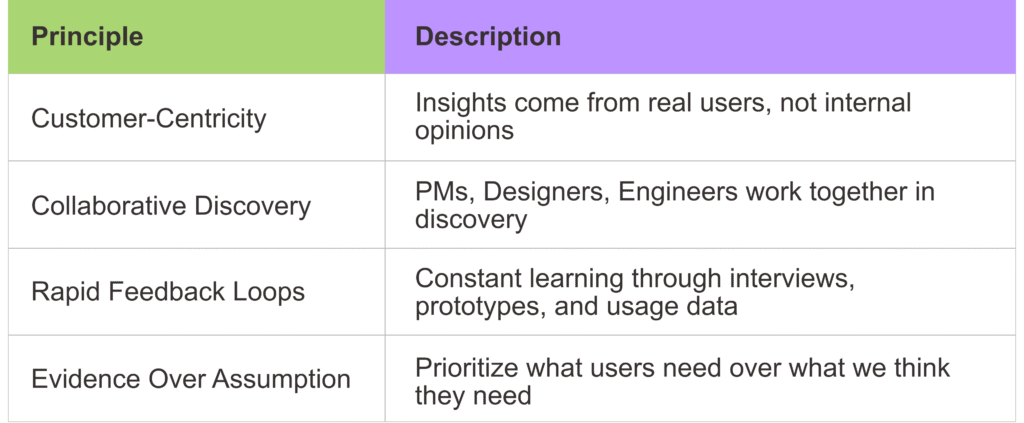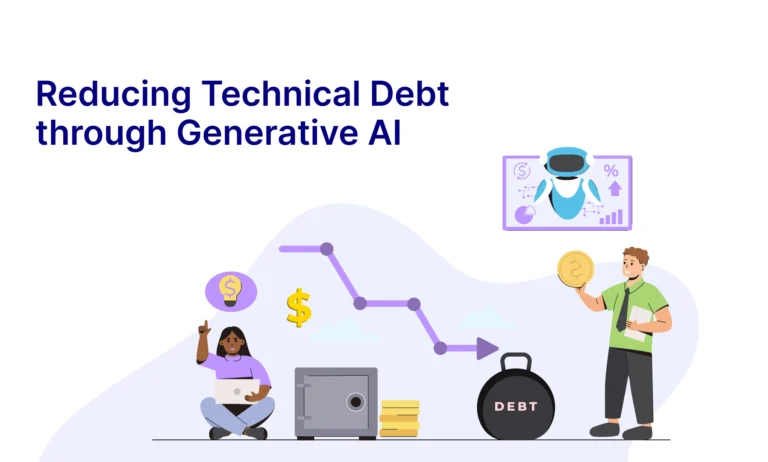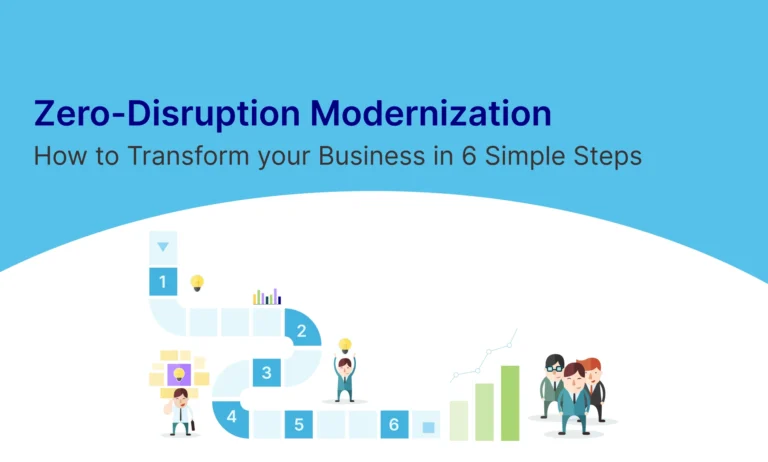Table of Contents
Abstract
In today’s digital economy, companies that succeed are those that not only build fast but also build right. Traditional product discovery methods, often limited to upfront research or isolated interviews, no longer meet the dynamic needs of modern users. Continuous Product Discovery (CPD) emerges as a powerful methodology for product teams to stay in sync with evolving user needs, technological trends, and market shifts — in real time.
This blog explores how CPD transforms product development into an iterative, insight-driven journey, supported by practical frameworks, modern tools, and real-world practices. By embedding discovery into the everyday workflow, teams can de-risk innovation, accelerate product-market fit, and ensure that every decision is backed by genuine user feedback.
Introduction: Why Traditional Product Discovery Falls Short
Think of the last feature your team built that didn’t get adopted. Chances are it wasn’t because your engineers lacked skill or your designs lacked polish. More likely, the solution didn’t address a burning user need — or that need had changed by the time you launched.
This is where Continuous Product Discovery comes in. Unlike the traditional approach — where research happens upfront and may never be revisited — CPD treats discovery as a living, breathing part of the development cycle. It’s not a separate phase; it runs alongside delivery. It ensures that product teams never stop asking: “What’s the most important problem to solve right now?”
Deep Dive into Continuous Product Discovery
1. What is Continuous Product Discovery?
At its core, CPD means:
- Talking to customers regularly (not quarterly or only pre-launch)
- Testing assumptions as you go (rather than after the build)
- Making discovery a team sport (not just the PM or UX researcher’s job)
CPD was popularized by product discovery coach Teresa Torres, who encourages teams to use tools like Opportunity Solution Trees, assumption testing, and weekly customer touchpoints to make smarter, faster decisions.
2. Key Principles of CPD

3. Tactics for Implementing CPD
- Schedule Weekly Customer Conversations: Even one 30-minute session per week can radically change team direction.
- Build and Maintain an Opportunity Solution Tree (OST): Visualize customer problems, solutions, and linked business outcomes.
- Use Assumption Mapping: Identify what you’re guessing vs. what you know — then test the riskiest assumptions first.
- Set Up Lightweight Experiments: Use no-code tools, click-through prototypes, or concierge-style tests to learn before you build.
4. Tools That Enable Continuous Discovery

5. Common Pitfalls and How to Avoid Them
- “We Don’t Have Time” → Embed CPD into weekly sprint rituals.
- “It’s the Research Team’s Job” → Encourage cross-functional discovery squads.
- “We Already Know What Customers Want” → Validate your confidence with evidence.
Remember: Time spent on discovery saves time on rework.
- “We Don’t Have Time” → Embed CPD into weekly sprint rituals.
- “It’s the Research Team’s Job” → Encourage cross-functional discovery squads.
- “We Already Know What Customers Want” → Validate your confidence with evidence.
Remember: Time spent on discovery saves time on rework.
6. Real-World Examples
- Spotify embeds experimentation in every team, testing UI and feature interactions with real users.
- Airbnb uses structured discovery rituals to validate host/guest needs in every market.
- Miro regularly invites users to test new concepts, surfacing needs that shape their roadmap.
Conclusion: Make Discovery a Daily Habit
Continuous Product Discovery is not a luxury — it’s a necessity in today’s agile product landscape. It empowers teams to build with clarity, reduce risk, and innovate confidently. It’s about listening, learning, and adapting — not just at launch, but every single day.
To truly master CPD:
- Talk to your users weekly.
- Make learning measurable.
- Build evidence before you build features.
The payoff? Products that hit the mark more often, teams that build smarter, and businesses that thrive by staying tuned in to the voice of the market.








